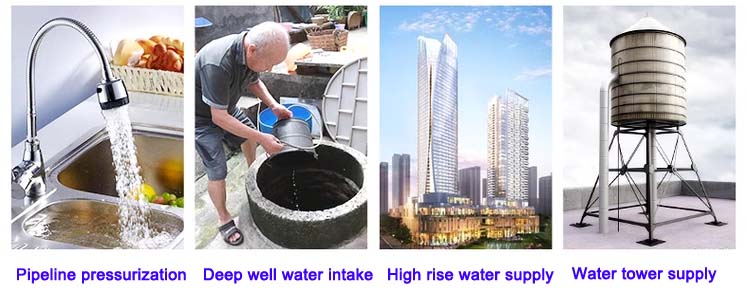Kannada
- Afrikaans
- Albanian
- Amharic
- Arabic
- Armenian
- Azerbaijani
- Basque
- Belarusian
- Bengali
- Bosnian
- Bulgarian
- Catalan
- Cebuano
- Corsican
- Croatian
- Czech
- Danish
- Dutch
- English
- Esperanto
- Estonian
- Finnish
- French
- Frisian
- Galician
- Georgian
- German
- Greek
- Gujarati
- Haitian Creole
- hausa
- hawaiian
- Hebrew
- Hindi
- Miao
- Hungarian
- Icelandic
- igbo
- Indonesian
- irish
- Italian
- Japanese
- Javanese
- Kannada
- kazakh
- Khmer
- Rwandese
- Korean
- Kurdish
- Kyrgyz
- Lao
- Latin
- Latvian
- Lithuanian
- Luxembourgish
- Macedonian
- Malgashi
- Malay
- Malayalam
- Maltese
- Maori
- Marathi
- Mongolian
- Myanmar
- Nepali
- Norwegian
- Norwegian
- Occitan
- Pashto
- Persian
- Polish
- Portuguese
- Punjabi
- Romanian
- Russian
- Samoan
- Scottish Gaelic
- Serbian
- Sesotho
- Shona
- Sindhi
- Sinhala
- Slovak
- Slovenian
- Somali
- Spanish
- Sundanese
- Swahili
- Swedish
- Tagalog
- Tajik
- Tamil
- Tatar
- Telugu
- Thai
- Turkish
- Turkmen
- Ukrainian
- Urdu
- Uighur
- Uzbek
- Vietnamese
- Welsh
- Bantu
- Yiddish
- Yoruba
- Zulu
Telephone: +86 13120555503
Email: frank@cypump.com
ಸೆಪ್ಟೆಂ . 24, 2024 08:01 Back to list
Effective Techniques for Efficient Slurry Pumping in Industrial Applications and Processes
Understanding Slurry Pumping A Crucial Process in Various Industries
Slurry pumping is an essential process used in a wide range of industries, from mining and mineral processing to wastewater treatment and agriculture. It involves the transportation of a mixture of solid particles and liquids, known as slurry, through pipes or channels. The effectiveness of slurry pumping is pivotal to operational efficiency, productivity, and, often, environmental safety.
What is Slurry?
Slurry is typically composed of solid particles suspended in a liquid, which can be water, chemicals, or other solvents. The nature of the solids can vary significantly, including anything from mineral ores and coal to agricultural products and industrial waste. The composition of slurry affects its viscosity, density, and flow characteristics, which are crucial factors that influence the choice of pumping technology.
Importance of Slurry Pumping
In industries such as mining, slurry pumping is vital for transporting ore slurries from one location to another. Efficient slurry handling minimizes material losses and enhances recovery rates. In mineral processing, the separation of valuable minerals from waste materials often requires the movement of slurries through various processing stages. In wastewater treatment, slurry pumps help in transferring sludge and bio-solids, which are vital for maintaining effective treatment processes.
slurry pumping

Types of Slurry Pumps
Several types of pumps are designed specifically for slurry applications, each suited to different types of slurries and operational requirements. Centrifugal pumps are widely used due to their efficiency in handling low to medium-density slurries. Positive displacement pumps, on the other hand, are better suited for higher-density slurries, providing consistent flow rates regardless of changes in pressure. Each pump type has its advantages and disadvantages, making it crucial for engineers to select the appropriate technology based on specific application needs.
Challenges in Slurry Pumping
While slurry pumping is crucial, it is not without its challenges. The abrasive nature of some slurries can cause significant wear and tear on pumping equipment, leading to potential downtime and increased maintenance costs. Moreover, variations in slurry composition can lead to changes in flow characteristics, making it vital to monitor and adjust pumping parameters accordingly. Engineers must also consider factors like pipe diameter, flow rate, and pressure to ensure optimal performance and minimize energy consumption.
Conclusion
In conclusion, slurry pumping plays a critical role in many industrial processes, ensuring materials are efficiently transported while minimizing losses. Understanding the nature of the slurry, selecting the appropriate pumping technology, and addressing the challenges associated with slurry handling are all essential for optimizing operations. As industries continue to evolve, advancements in pumping technology and methodologies are expected to enhance slurry handling efficiency, contributing to more sustainable and productive operations globally.
-
Heavy-Duty Mining Sludge Pumps - Wear-Resistant Slurry Handling
NewsAug.02,2025
-
Horizontal Split Case Pump with GPT-4 Turbo | High Efficiency
NewsAug.01,2025
-
ISG Series Pipeline Pump - Chi Yuan Pumps | High Efficiency, Durable Design
NewsAug.01,2025
-
Advanced Flue Gas Desulfurization Pump with GPT-4 Turbo | Durable & Efficient
NewsJul.31,2025
-
ISG Series Vertical Pipeline Pump - Chi Yuan Pumps | Advanced Hydraulic Design&Durable Construction
NewsJul.31,2025
-
ISG Series Vertical Pipeline Pump - Chi Yuan Pumps | Energy Efficient & Low Noise
NewsJul.31,2025










